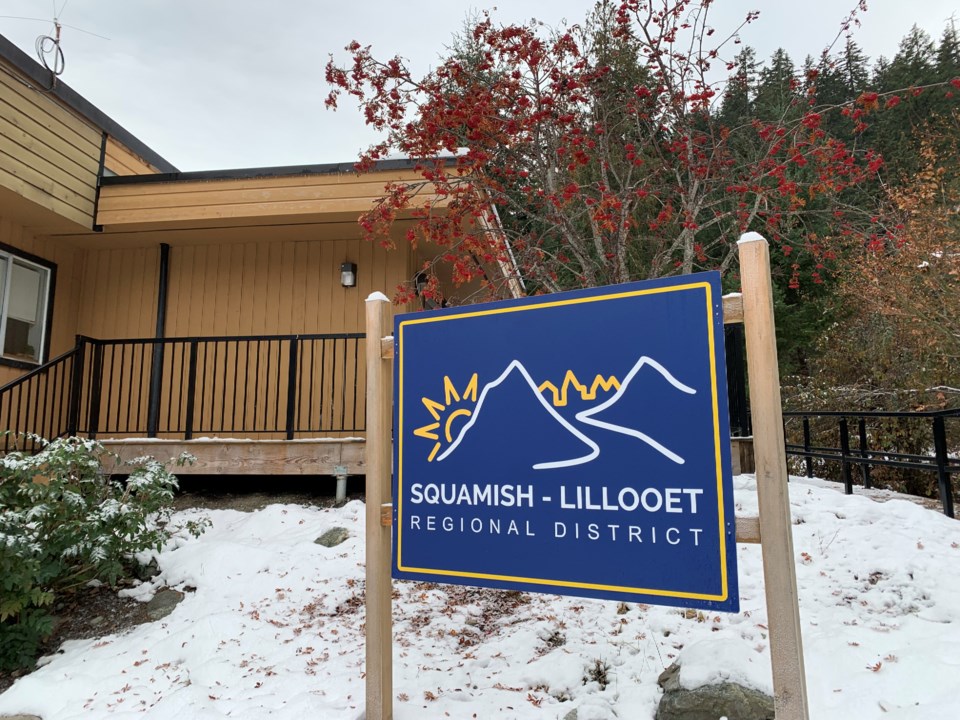Local politicians may soon see a pay increase at the regional level as the Squamish-Lillooet Regional District (SLRD) board will consider increasing the salary for its four electoral area directors by $20,000 over the next four years.
SLRD area directors discussed the resolution at the April 5 .
If approved, it would increase the salary for the district’s four area directors by $5,000 in both 2024 and 2025 and another $10,000 in 2026 (prior to the next municipal election).
Area directors currently earn about $34,000 annually, though the chair of the EAD board earns an extra $3,840.
The resolution came from Area D Director Tony Rainbow, who has led the charge on increasing the directors’ salary, citing the need to bring a broader range of people into the role.
“I can afford to do it because I have a pension, but if our stipend stays as low as it is, you’re basically restricting electoral area directors to people who are independently wealthy, business people who can afford to take 25 to 40 hours off a week ... or someone who has a full pension,” Rainbow said at an SLRD board meeting last September.
In October's municipal election, all four electoral area positions at the SLRD were elected by acclamation.
The pay for regional district directors varies wildly across the province. In the Central Kootenay Regional District, the salary ranges from $45,000 to $50,000 per representative, while in the Peace River Regional District, that average drops to about $20,000 per representative.
For comparison, in Whistler, municipal councillors earn $48,798 annually, and in Pemberton they take home about $15,405.
However, councillors in both municipalities receive an additional stipend of $17,111 if they serve as representatives on the SLRD board (as well as an additional $14,677 for the SLRD board chair, and $2,434 for the vice chair).
According to the 2021 census, there are 6,470 people in the SLRD’s four electoral areas: 305 in Area A; 1,624 in Area B; 3,492 in Area C; and 1,057 in Area D. In a few of these rural areas, the population has , adding new challenges for elected officials, and increasingly making the job more of a full-time gig.
In tandem with population growth over the last few years, several large-scale developments are proposed or approved in the electoral areas. These include ; south of Britannia Beach; north of Whistler; and, more recently, the .
These projects could see hundreds of new homes built in rural areas over the next decade, increasing both the complexity of the position and population of the regions they serve.
While the current area directors will profit from this decision, the goal is to bring “young blood” into the role, as Area A Director Sal DeMare put it, and encourage more people to put their names forward for the position in the next election.
“[W]e want this to show other people out there that we're going to have some increases at the next election,” DeMare said at the April 5 EAD meeting. “We'd like to get new blood into electoral areas. For some people that look at $30,000 or $33,000 compared to $50,000, maybe [that will] change your minds and [get people to] say, ‘Yeah, that could be a career I can be doing.’ So that's the reasoning behind it.”
The SLRD board will consider the pay increase at a future meeting.




